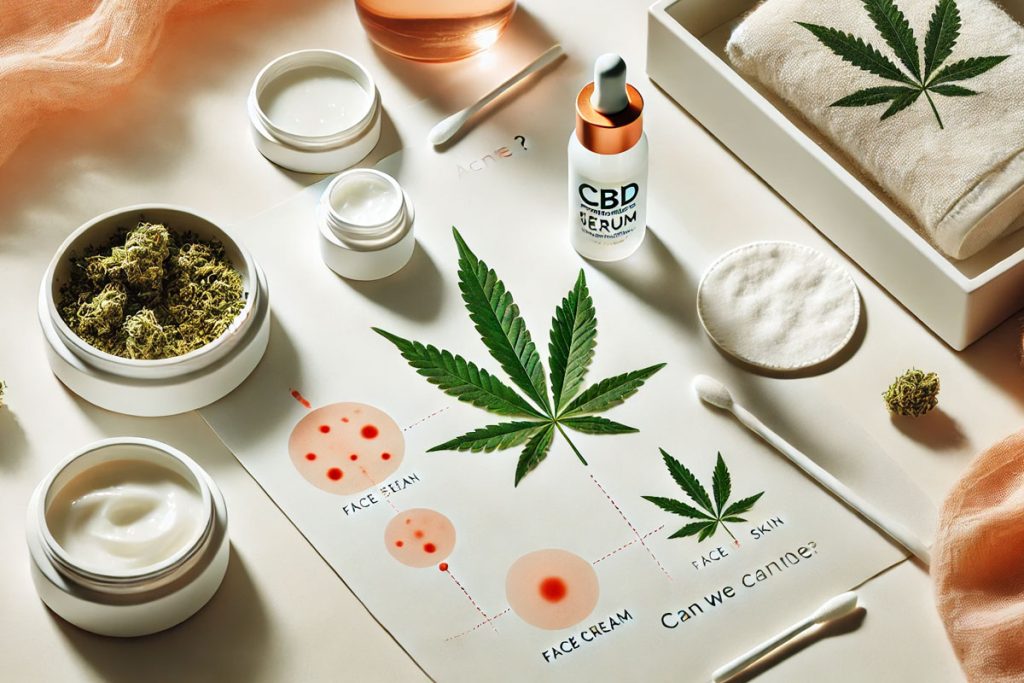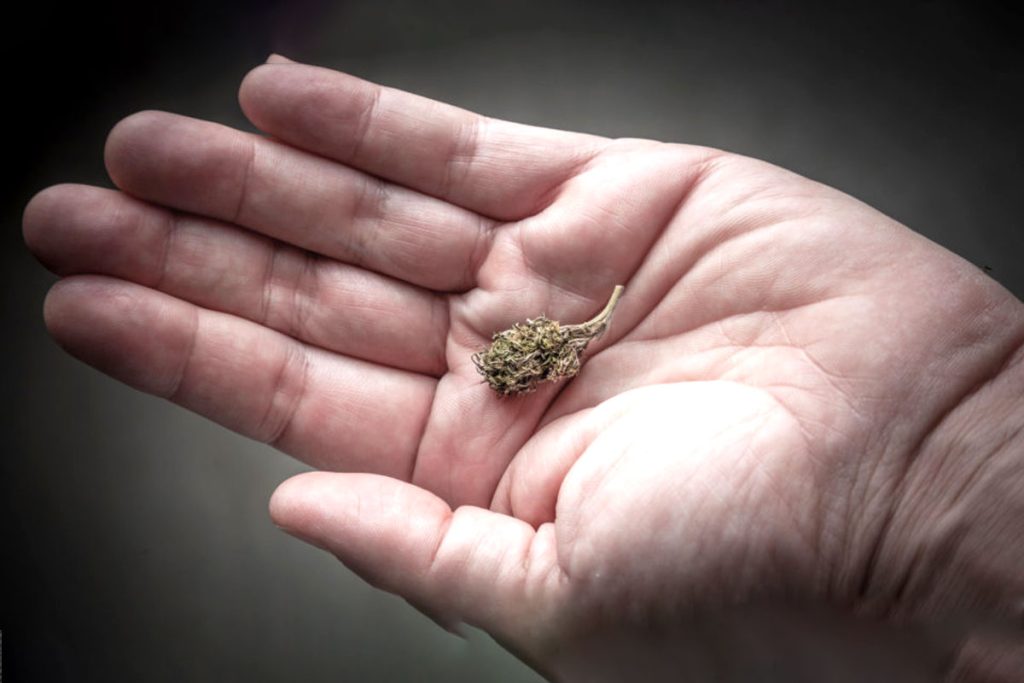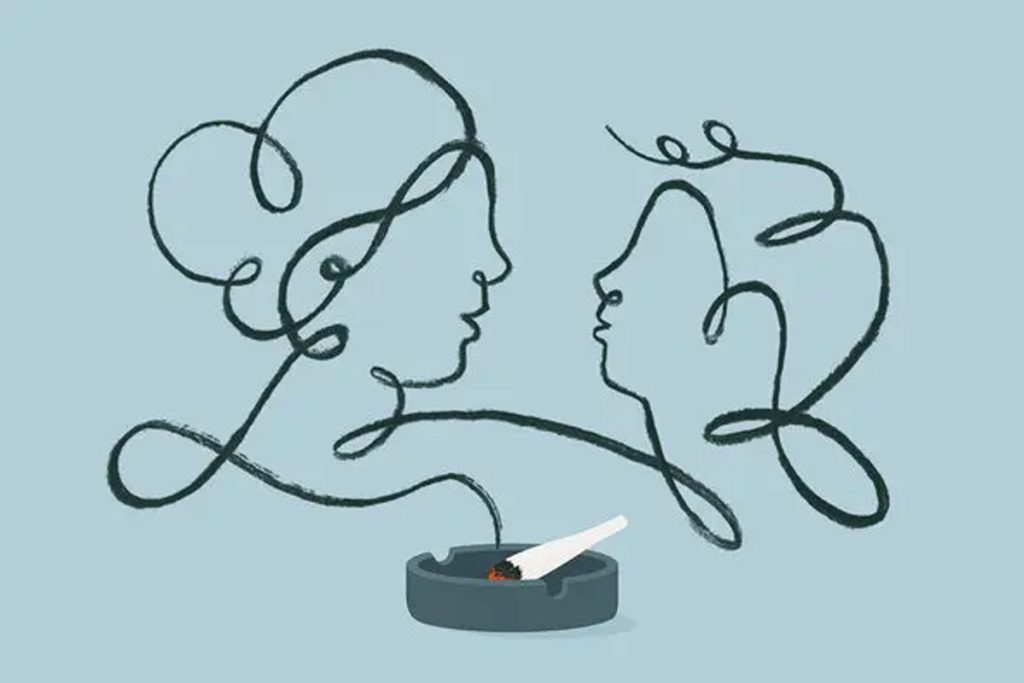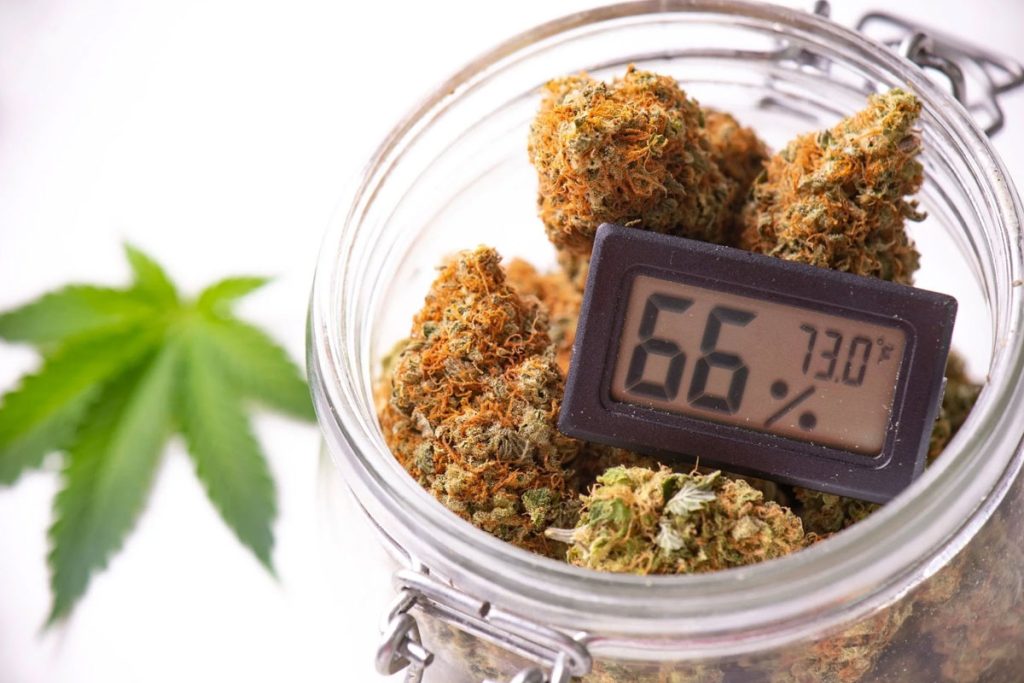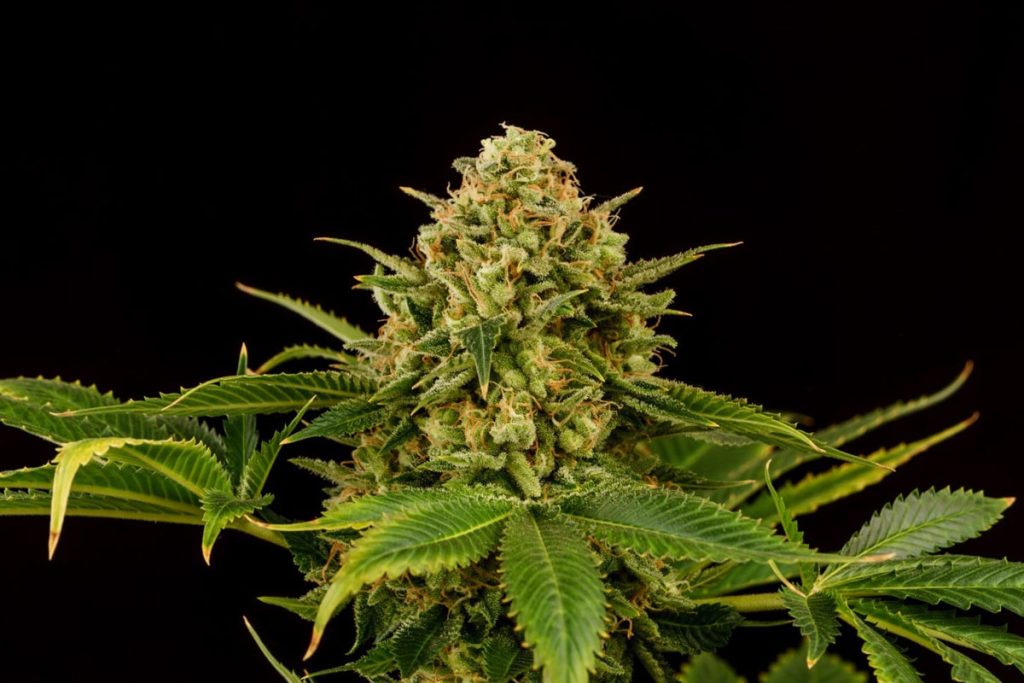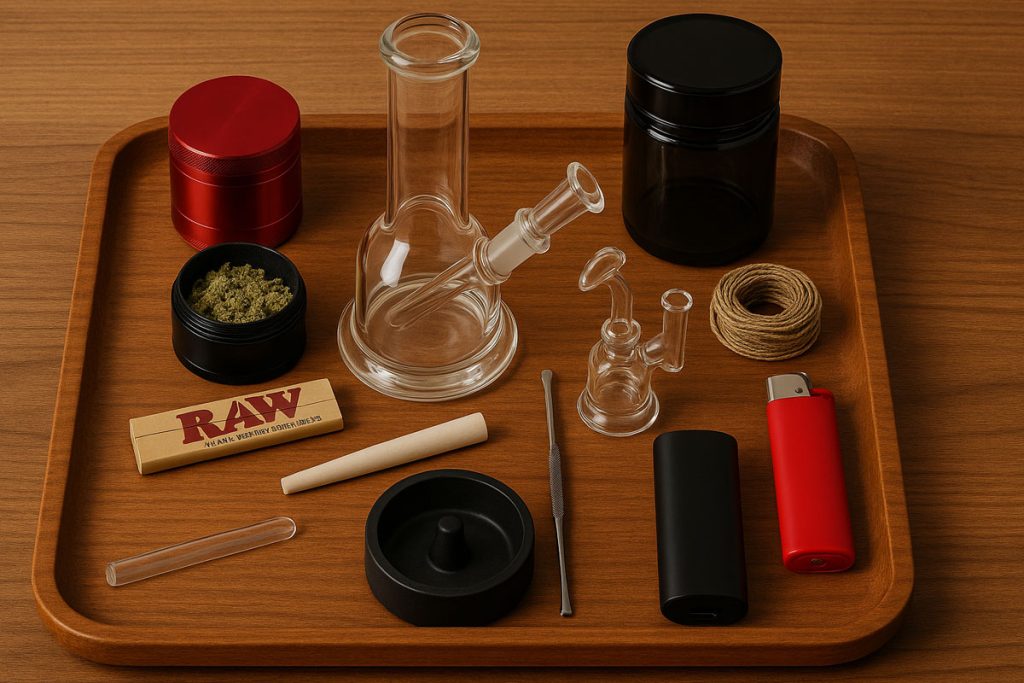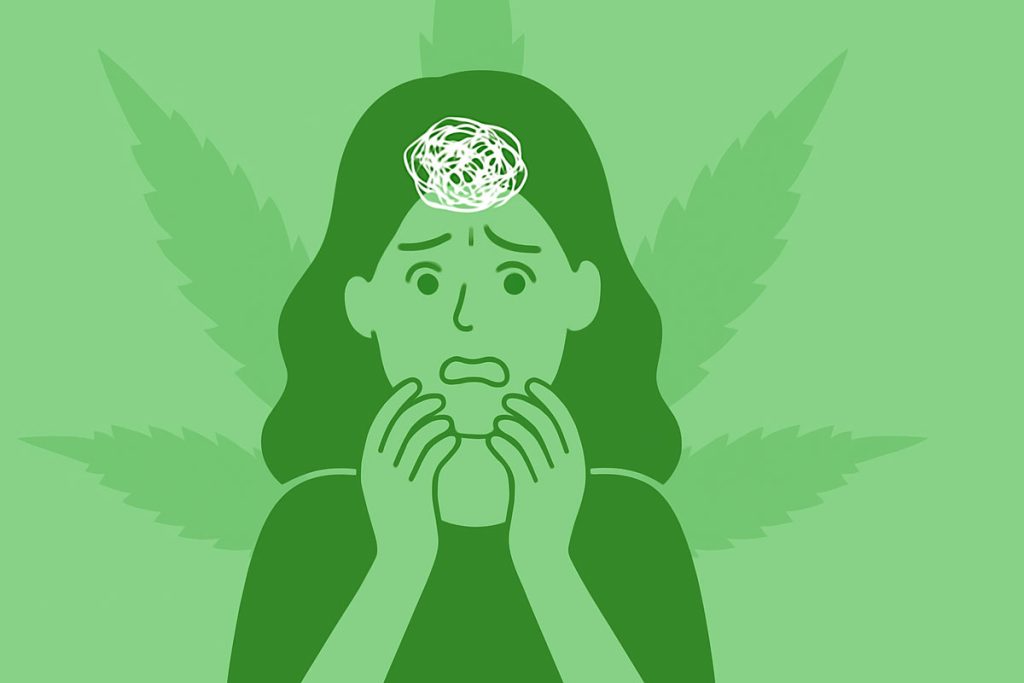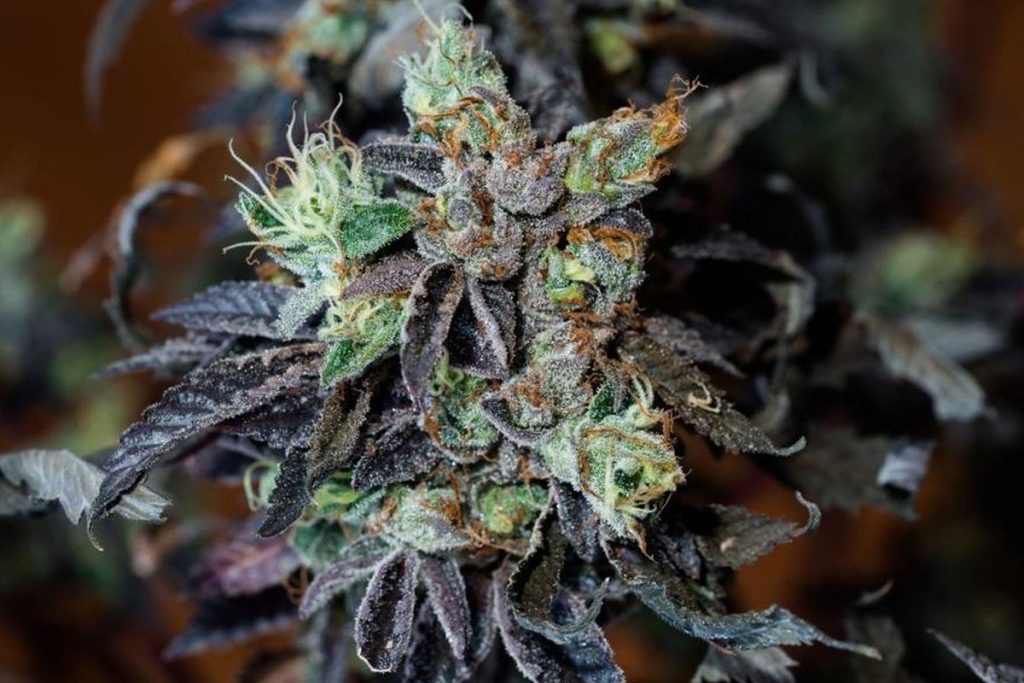Weed Tolerance Reset: How to Do It and What Happens
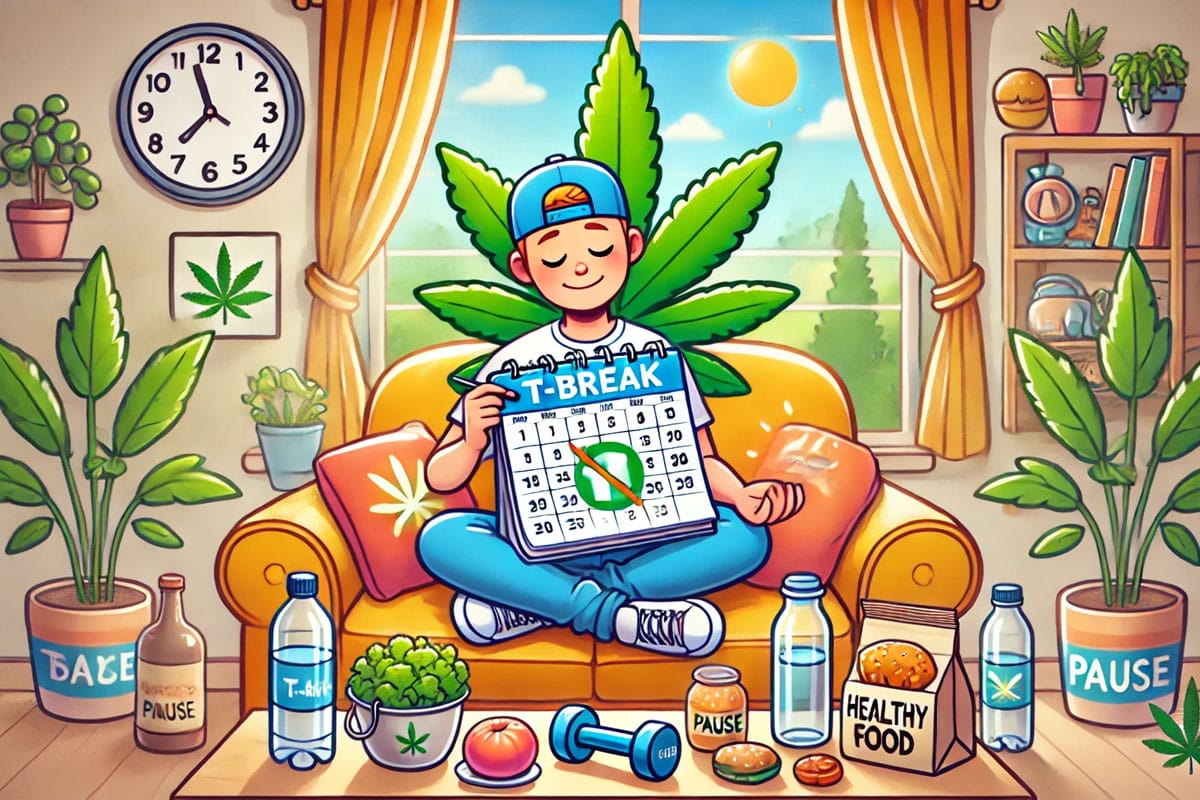
As cannabis use becomes more common, many regular users find themselves facing a common challenge: weed tolerance. Over time, frequent cannabis consumption can lead to diminished effects, meaning you need more to feel the same high. This can lead to increased spending, reduced enjoyment, and potential health concerns for heavy users.
Fortunately, there’s a solution — a weed tolerance reset. In this blog, we’ll break down exactly what weed tolerance is, how to reset it effectively, and what to expect during the process. Whether you’re a recreational consumer or a medical patient, resetting your tolerance can help you get the most out of your cannabis experience.
What Is Weed Tolerance?
Weed tolerance refers to your body’s reduced response to cannabis after repeated use. The more often you consume cannabis — particularly THC — the more your body adapts, making the effects less noticeable over time.
Why Does Weed Tolerance Happen?
The main psychoactive compound in cannabis is THC (tetrahydrocannabinol), which interacts with the endocannabinoid system, specifically the CB1 receptors in your brain. With frequent exposure to THC, these receptors become desensitized or downregulated, leading to weaker effects.
Symptoms of high weed tolerance include:
- Needing more cannabis to achieve the same effects
- Shorter highs
- Less euphoria or body relaxation
- Reduced medical benefits (e.g., pain relief or appetite stimulation)
Why You Might Want to Reset Your Weed Tolerance
Resetting your weed tolerance can bring several benefits, including:
- Enhanced effects: Feel more with less.
- Cost savings: Use less product to achieve the same results.
- Health benefits: Reduce stress on your lungs, liver, or mental health.
- Productivity boost: Take a break to refocus or regain motivation.
- Improved medical outcomes: Better response for patients relying on THC for relief.
Whether you’re a daily smoker or an edible enthusiast, a weed tolerance reset can revitalize your cannabis journey.
How to Reset Your Weed Tolerance
The most effective way to reset your weed tolerance is through a T-break (tolerance break). This simply means taking a break from THC for a certain amount of time. The length and approach may vary, but the concept is the same — give your receptors time to reset.
Here’s a step-by-step guide:
1. Stop THC Consumption Completely
This is the foundation of a proper weed tolerance reset. Eliminate all THC products, including:
- Flower (smoking or vaping)
- THC edibles
- Concentrates (wax, shatter, etc.)
- Tinctures or capsules with THC
- Any full-spectrum products high in THC
Important Note: CBD products are generally safe to continue during your break, as they don’t build tolerance and may help reduce withdrawal symptoms.
2. Set a Clear Duration
How long should your weed tolerance break be?
While some people notice results after just a few days, most experts recommend at least 2 to 4 weeks for a full reset. This gives your CB1 receptors time to recover and re-sensitize to THC.
General guideline:
- 1 week: Mild reset; good for occasional users
- 2 weeks: Moderate reset; helps regular users
- 3–4+ weeks: Full reset; ideal for daily or heavy users
3. Stay Hydrated and Eat Well
Supporting your body helps speed up the detox process. Drink plenty of water and eat a balanced diet, especially foods that support brain and liver function (think leafy greens, fruits, whole grains, and healthy fats).
4. Exercise Regularly
THC is stored in fat cells, so light to moderate exercise can help metabolize residual THC. Activities like walking, yoga, or cardio can also improve mood and reduce cravings during your weed tolerance break.
5. Use CBD as a Support Tool
CBD (cannabidiol) can help ease symptoms of withdrawal like anxiety, irritability, and sleep issues. Since it doesn’t interact with the CB1 receptor in the same way, it won’t impact your tolerance reset.
Try CBD tinctures, capsules, or vapes for relief without disrupting your reset.
6. Find Healthy Distractions
One of the hardest parts of a weed tolerance reset is breaking the habit. Keep yourself busy and mentally engaged with:
- New hobbies
- Reading or journaling
- Meditation or mindfulness
- Creative projects
- Socializing without cannabis
7. Track Your Progress
Keep a journal to log your physical and mental changes during the break. You might notice:
- Improved sleep
- Clearer thoughts
- Increased energy
- More vivid dreams
- Improved appetite or digestion
This will help you stay motivated and see the benefits of resetting your weed tolerance.
What to Expect During a Weed Tolerance Reset
1. Mild Withdrawal Symptoms
Not everyone experiences withdrawal, but some daily users might notice mild symptoms within the first 48–72 hours, such as:
- Irritability or mood swings
- Trouble sleeping
- Decreased appetite
- Cravings for cannabis
- Vivid or strange dreams
These symptoms usually peak within the first few days and taper off within a week.
2. Improved Mental Clarity
As your system resets, many people report increased focus, better memory, and more motivation — especially after the first week.
3. Stronger Effects Post-Break
Once your weed tolerance resets, cannabis will hit differently. A smaller amount will likely feel much stronger, so be cautious when returning. Start with a low dose (even lower than your pre-break level) to avoid getting too high.
Tips for Returning to Cannabis After a Tolerance Break
Once you’ve completed your weed tolerance reset, it’s a great time to approach cannabis use more mindfully. Here are some ways to enjoy the benefits while keeping tolerance low:
1. Use Lower Doses
Start with microdosing — 2.5 to 5 mg of THC — especially with edibles or potent strains.
2. Try THC-CBD Ratios
Balanced products (like 1:1 or 2:1 CBD:THC) offer therapeutic benefits with fewer psychoactive effects and slower tolerance buildup.
3. Switch Up Strains
Avoid using the same strain daily. Rotating strains with different cannabinoid and terpene profiles may help slow down tolerance development.
4. Schedule Regular T-Breaks
Build mini tolerance resets into your routine — for example, one or two days off per week, or a full week off every 1–2 months.
5. Practice Mindful Consumption
Focus on quality over quantity. Use cannabis with intention — whether it’s for pain relief, creativity, or relaxation — rather than out of habit.
Final Thoughts: Is a Weed Tolerance Reset Worth It?
Absolutely. If you find that your usual dose of cannabis just isn’t cutting it anymore, a weed tolerance reset can help you reclaim the benefits you once enjoyed. From saving money to boosting your experience, resetting your tolerance is a simple yet powerful strategy for both recreational and medical users.
While the process may require a little patience and self-discipline, the results are worth it. And once your weed tolerance is lowered, you’ll likely find that cannabis feels fresh, effective, and enjoyable again.
Frequently Asked Questions (FAQs)
1. How long does it take to reset weed tolerance?
Most people see noticeable results in 2 to 4 weeks, depending on how frequently they used cannabis before the break.
2. Can CBD help during a weed tolerance break?
Yes! CBD doesn’t build tolerance and can help ease anxiety, irritability, and sleep issues during your reset.
3. Will I feel withdrawal symptoms?
Some users experience mild withdrawal, especially if they consumed daily. Symptoms include irritability, sleep trouble, and cravings but usually fade within a week.
4. Do edibles and smoking build tolerance differently?
Both build tolerance, though high-THC edibles may lead to faster increases due to their potency and longer effects.
5. Can I microdose instead of quitting cold turkey?
Microdosing may help slow tolerance buildup, but a full break is more effective for a complete reset.





